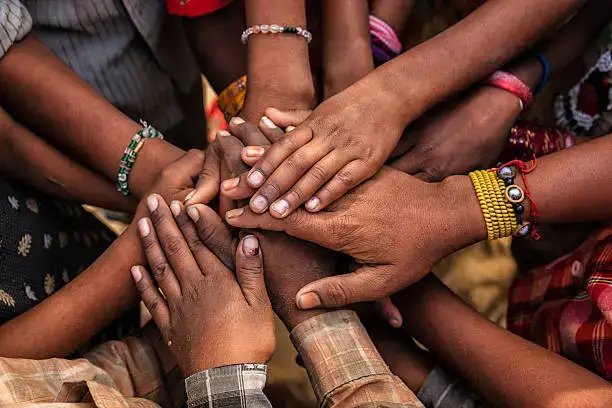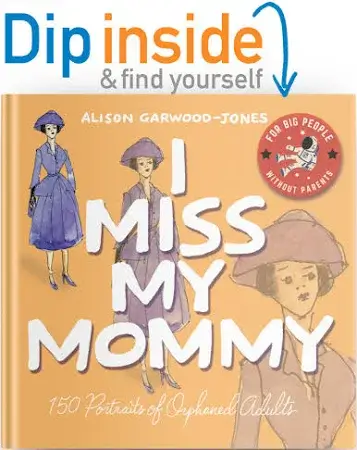Regaining mental health after the loss of a dear one is critical to healing and maintaining your roles in leadership and social spheres.
When my mother, Elizabeth, died on April 1, 1984, the whole world became a void space. Things didn’t make sense; blurred vision, weightlessness like a drifting wool, and aggravated mental illusion.
There are certain people whose presence feels like sunlight — warm, constant, and life-giving. For me, that was my mother. Even now, long after her physical presence had left this world, I still feel the warmth of her love in my everyday life. It lingers in my memories, in the lessons she taught me, and in the quiet moments when I find myself doing something she would have done, smiling at a thought she would have shared.

“Grief is the price we pay for love.” — Queen Elizabeth II
Losing her has been one of the hardest experiences of my life. Grief, I’ve learned, doesn’t follow a straight line — it ebbs and flows, sometimes gently, sometimes like a storm. Yet, we must heal after the loss of a dear one because good mental health allows your creativity to thrive and gives a busy business executive or a professional the wing to keep soaring.
Healing may be difficult, or slow if your affinity with the departed was super-glue. My mother had me after a six-year hiatus and desperation that threatened her marriage in a traditional Nigerian society that pillories barrenness. I was connected to her spirituality being a church leader and deaconess. She taught me hard work, generosity and kindness. She offered financial support to all her siblings in the university and offered her elder sister and her 5 children a space in her own small apartment after the sister’s marriage broke down. She built 2 houses and gifted one to her sister. But she never set her foot on her own house before she passed on.
I was in her space through thick and thin: when she lost a pregnancy, lost her first house; when her business went down. She prayed fervently and endlessly and I also followed her to so many prayer grounds in my youth.
I was pained she struggled in life, and never waited to reap the fruit of her labour. So the healing was slow and compounded.

But in this journey of loss, I’ve also discovered ways to honour her memory, to keep her spirit alive, and to find healing in the spaces where her love still lives.
This blog post is my way of sharing that journey. It’s a tribute to my mother’s enduring impact, a reflection on how to carry forward the light of a loved one, and a gentle reminder to anyone walking this difficult path: you are not alone, and healing is possible, and good for mental health.
STAGES OF GRIEF
I Miss My Mommy: 150 Portraits of Orphaned Adults, written by Alison Garwood-Jones, renowned brand storyteller, author, teacher and graphic artist, analyses the anger stage of grief which is depicted across diverse emotional, social, and psychological contexts, avoiding a monolithic portrayal. The book’s illustrated vignettes and thematic chapters reveal anger as a multifaceted response to loss, reflecting both internal struggles and external behaviors. Through its 150 portraits, the author captures moments of frustration, resentment, and unresolved pain that arise during the grieving process. These depictions are often grim but relatable, showing how anger could be both an outward expression and an internal struggle.
Garwood-Jones draws from personal experience, having lost both her parents, making this work deeply authentic and emotionally resonant. The illustrations and text together create a contemplative tool for those grappling with loss.
One notable approach is the use of caricatures and “stagers” (a term inspired by Shakespearean theater) to represent coping mechanisms associated with anger. For example, chapters like “The Wounded” highlight individuals whose anger stems from feelings of betrayal or unresolved parental criticism. The illustrations reveal how this stage could linger in body language and emotional responses.
The book also challenges stereotypes surrounding anger by presenting it as a natural and necessary part of healing. It emphasizes that anger is not always explosive; it can manifest as deep resentments or grudges that need mindful processing.

The book, which is a good companion for grieving adults, dwells on:
1. Interpersonal Dynamics
How unresolved parental relationships fuel anger, such as lingering resentment over criticism or unmet emotional needs. Portraits like “The Wounded” illustrate characters whose anger stems from perceived betrayals or unhealed childhood wounds, mirroring the “buildup” stage of anger.
2. Social Triggers
Anger is contextualized within social environments, such as witnessing familial affection that highlights personal deprivation (e.g., a character reacting to others’ loving parent-child interactions). This mirrors scenarios where external “sparks” (like envy or reminders of loss) escalate emotional responses.
3. Physiological and Psychological Expression
The illustrations’ eggplant-purple palette symbolizes anger’s intensity while hinting at its somatic toll (e.g., clenched fists, scowls). Chapters like “The Addicted” explore maladaptive coping mechanisms, reflecting anger’s link to frustration and goal obstruction. These portrayals align with anger’s role in personality building, where it transforms into envy, jealousy, or subtle resentment when unresolved.
4. Cultural and Existential Dimensions
The book contrasts overt outbursts with culturally suppressed anger, such as characters masking rage behind humor or stoicism. This duality reflects critiques of anger’s social interpretation—seen as both destructive and energizing. Quotes from philosophers and artists contextualize anger as a natural, even constructive force when channeled mindfully.
“Those we love never truly leave us. There are things that death cannot touch.” — Jack Thorne
A RITE OF PASSAGE
Alexander Levy in his book, The Orphaned Adult: Understanding And Coping With Grief And Change After The Death Of Our Parents, says losing a parent as an adult is in a natural order of things, a rite of passage into true adulthood. “But whether we lose them suddenly or after a prolonged illness, and whether we were close to or estranged from them, this passage proves inevitably more difficult than we thought it would be.”
The author navigates through the storm of change this passage brings and anchors them with its compassionate and reassuring wisdom.

KEEPING THEIR MEMORIES ALIVE
We can honour our dead dear ones and keep their memories alive by:
1. Honouring their Legacy – Writing this post is one
2. Celebrating and not just mourning them – Share stories of their values, passions, what made them special.
3. Keeping their memory alive in everyday life – Continue their favourite traditions like recipes, songs, legacy projects like charity work, planting a tree.)
4. Healing From Grief – The Personal Journey. Acknowledge that grief is non-linear.
5. Finding Comfort in connection – Stay connected with the people who loved them too.
6. Creating New Meaning Moving Forward – Turning pain into purpose.
“To live in hearts we leave behind is not to die.” — Thomas Campbell
As I continue to navigate life without my mother’s physical presence, I’ve come to understand that grief is not about forgetting — it’s about remembering with love. It’s about carrying the best parts of her with me, allowing her wisdom to guide my steps, and honouring her memory by living a life that would make her proud.
Her love still surrounds me in quiet, everyday moments — in the way I care for others, in the traditions I keep, and in the strength I summon when the days feel heavy. By sharing her story, by keeping her memory alive, I feel her near, as though she’s walking beside me, still cheering me on.
Grief is a journey we don’t have to walk alone. Take a moment today to remember someone you love. Light a candle, tell a story, or simply hold their memory close to your heart. And if you’d like, share with me how you’re keeping their spirit alive — I would be honoured to read your tribute.
References: booklife.com, Pen Jar Productions, blogs.iwu.edu, verywellmind, abct

